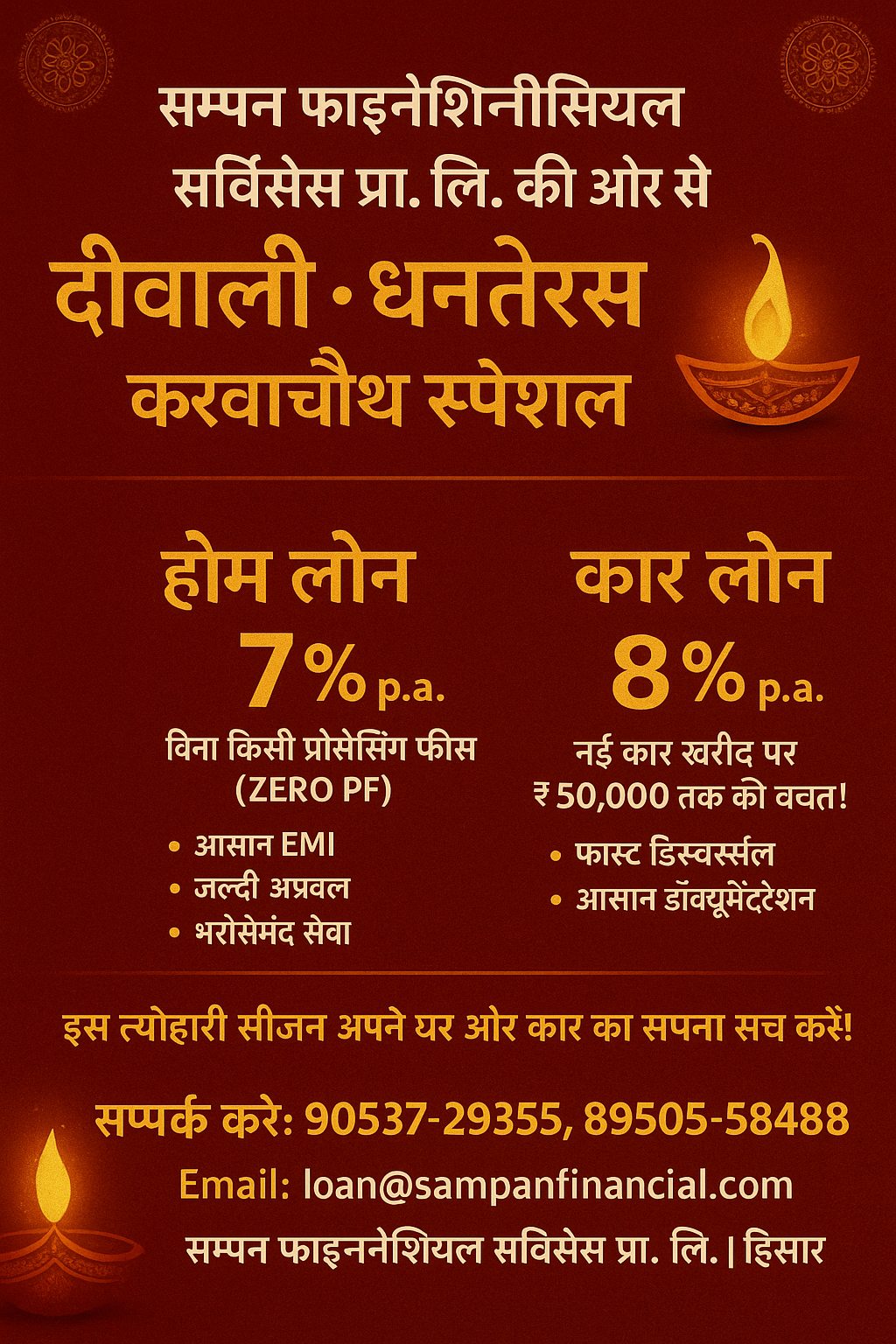
When considering a loan, one of the most important factors to understand is how interest will be calculated. Two common methods used by lenders are the flat rate of interest and the reducing rate of interest. Knowing the difference between these can help you make an informed decision and potentially save money in the long run. Let’s explore these two types of interest rates in detail.
Flat Rate of Interest
A flat rate of interest is a method where the interest is calculated on the entire principal amount of the loan throughout the loan tenure. It doesn’t take into account the fact that the principal amount decreases as you make repayments.
How It Works:
- Principal Amount: $10,000
- Interest Rate: 10% per annum
- Loan Tenure: 3 years
The interest is calculated on the full $10,000 every year, regardless of the repayments made.
Interest Calculation:
- Annual Interest: 10% of $10,000 = $1,000
- Total Interest for 3 years: $1,000 * 3 = $3,000
Total Repayment:
- Principal: $10,000
- Interest: $3,000
- Total: $13,000
Reducing Rate of Interest
A reducing rate of interest, also known as diminishing or declining balance rate, calculates interest on the outstanding loan balance. As you pay off your loan, the principal amount decreases, and so does the interest for the subsequent periods.
How It Works:
- Principal Amount: $10,000
- Interest Rate: 10% per annum
- Loan Tenure: 3 years
The interest is recalculated each period based on the remaining principal amount.
Interest Calculation:
- First Year: 10% of $10,000 = $1,000
- Second Year: 10% of ($10,000 – Principal Repaid in Year 1)
- Third Year: 10% of (Remaining Principal after Year 2 Repayment)
Typically, the total interest paid on a reducing rate loan is lower compared to a flat rate loan due to the decreasing principal.
Example Calculation:
- First Year Interest: $1,000
- Assuming equal annual principal repayment, in the second year, the interest would be calculated on the remaining principal, and so forth.
- The total interest over 3 years will be less than $3,000.
Key Differences
- Interest Calculation:
- Flat Rate: Interest is calculated on the original loan amount throughout the tenure.
- Reducing Rate: Interest is calculated on the outstanding loan balance, which reduces as repayments are made.
- Total Interest Paid:
- Flat Rate: Generally higher total interest compared to reducing rate.
- Reducing Rate: Lower total interest due to decreasing principal.
- Repayment Amount:
- Flat Rate: Equal installments, as interest and principal remain constant.
- Reducing Rate: Decreasing installments, as interest decreases with principal repayment.
Which One Should You Choose?
The choice between flat and reducing rate of interest depends on your financial situation and goals.
- Flat Rate: Easier to understand and calculate, but usually more expensive in the long run. Suitable for those who prefer simplicity and fixed monthly payments.
- Reducing Rate: More cost-effective as you end up paying less interest. Ideal for those looking to minimize interest expenses over the loan tenure.
-
Previous Post
Loan at One Roof
-
Next Post
Credit Cards for Holidays
Post a comment Cancel reply
Related Posts
✨ करवाचौथ की हार्दिक शुभकामनाएँ ✨
🎑 ✨ करवाचौथ की हार्दिक शुभकामनाएँ ✨ 🎑💞 जैसे चाँद और चाँदनी का अटूट रिश्ता,वैसे…
🎆 ✨ DIWALI DHAMAKA OFFER ✨ 🎆
🎆 ✨ DIWALI DHAMAKA OFFER ✨ 🎆From Sampan Financial Services Pvt. Ltd. 🚗 Car Loan…
विजयदशमी (Dussehra) की हार्दिक शुभकामनाएं 🎉
विजयदशमी (Dussehra) की हार्दिक शुभकामनाएं 🎉 ✨ Sampan Financial Services Pvt. Ltd. की ओर से…
🇮🇳 महात्मा गांधी जयंती की हार्दिक शुभकामनाएं 🇮🇳
🇮🇳 महात्मा गांधी जयंती की हार्दिक शुभकामनाएं 🇮🇳 ✨ Sampan Financial Services Pvt. Ltd. ✨…
 Colors
Colors  Quick Loan
Quick Loan  WhatsApp
WhatsApp 







